Recombinant Mouse LOX Protein
| Cat.No. : | LOX-9184M |
| Product Overview : | Recombinant Mouse LOX full length or partial length protein was expressed. |
- Specification
- Gene Information
- Related Products
- Case Study
- Application
- Download
| Species : | Mouse |
| Source : | Mammalian Cells |
| Tag : | His |
| Form : | Liquid or lyophilized powder |
| Endotoxin : | < 1.0 EU per μg of the protein as determined by the LAL method. |
| Purity : | >80% |
| Notes : | This item requires custom production and lead time is between 5-9 weeks. We can custom produce according to your specifications. |
| Storage : | Store it at +4 ºC for short term. For long term storage, store it at -20 ºC~-80 ºC. |
| Storage Buffer : | PBS buffer |
| Gene Name | Lox lysyl oxidase [ Mus musculus ] |
| Official Symbol | LOX |
| Gene ID | 16948 |
| mRNA Refseq | NM_010728.2 |
| Protein Refseq | NP_034858.2 |
| MIM | |
| UniProt ID | P28301 |
| ◆ Recombinant Proteins | ||
| LOX-731H | Recombinant Human LOX Protein, DDK/His-tagged | +Inquiry |
| LOX-5130M | Recombinant Mouse LOX Protein, His (Fc)-Avi-tagged | +Inquiry |
| LOX-7030C | Recombinant Chicken LOX | +Inquiry |
| LOX-1092H | Recombinant Human LOX Protein, His-tagged | +Inquiry |
| LOX-628R | Recombinant Rat LOX Protein (163-411 aa), His-tagged | +Inquiry |
| ◆ Native Proteins | ||
| LOX-41 | Active Native Lactate Oxidase | +Inquiry |
| ◆ Cell & Tissue Lysates | ||
| LOX-4677HCL | Recombinant Human LOX 293 Cell Lysate | +Inquiry |
Case 1: Zhong Y, et al. Am J Physiol Lung Cell Mol Physiol. 2022
In newborns with lung injury, lysyl oxidases (LOXs) can overactivate and disrupt the formation of the extracellular matrix (ECM). While it's known that TGFβ can boost LOX expression in injured mouse lungs, the specifics of this regulation were unclear. This study found that TGFβ directly increases LOX protein in lung fibroblasts, promoting transcription via the Smad2/3 pathway. LOX is processed and secreted in the lungs, and the research shows that lung injury increases pro-LOX secretion and nuclear localization, especially in areas with malformed ECM. Researchers also detected higher aldehyde levels in these injured lungs, which were reduced by a LOX inhibitor, highlighting the enzyme's key role in aldehyde production.
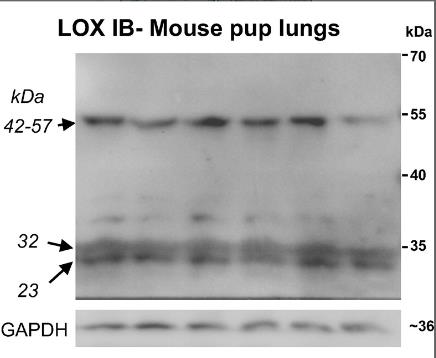
Fig1. Catalytically active LOX proteins are detected in mouse pup lungs.
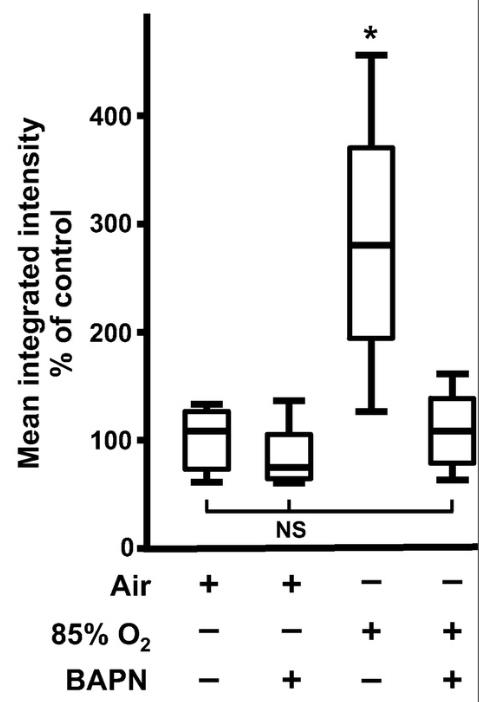
Fig2. Quantification of aldehyde levels indicates that LOX inhibition decreases the level of aldehydes detected in O2-injured mouse pup lung sections.
Case 2: Chaudhari N, et al. Nat Commun. 2022
Scar tissue, marked by stiffness and unsightly appearance, can impede recovery after skin injury. Lysyl oxidases, enzymes crucial for scar collagen stabilization, contribute to these issues. Researchers developed PXS-6302, an irreversible inhibitor of lysyl oxidases, designed for topical skin application. It penetrates the skin, inhibits enzyme activity, and in animal models, reduces collagen cross-linking and improves scar appearance without weakening tissue. PXS-6302 shows promise for treating scars and may have broader applications in fibrotic diseases.
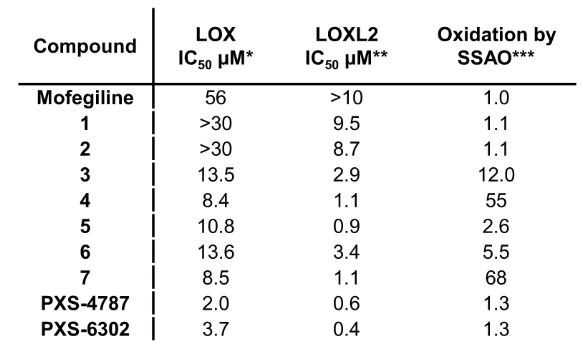
Fig1. Bovine (aorta) LOX used for analog screening due to ready availability and pharmacological similarity to native human LOX.
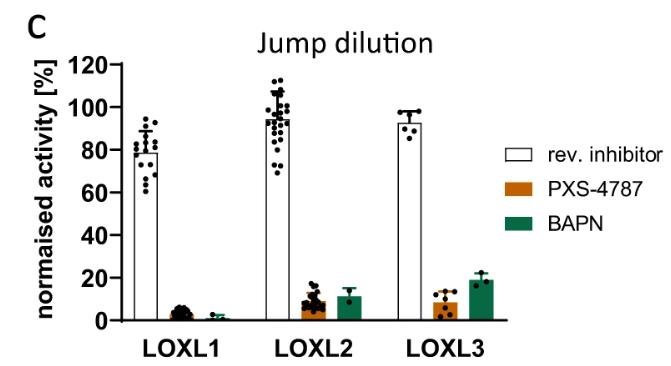
Fig2. Irreversible inhibition of LOXL1, LOXL2, and LOXL3 by PXS-4787 and BAPN as measured in a jump dilution assay.
Recombinant murine lysine oxidase (LOX) plays an important role in biomedical research and clinical application. It is involved in the formation and remodeling of the extracellular matrix (ECM), especially during the crosslinking of collagen and elastin. This capability makes recombinant mouse LOX potentially useful in the following areas:
Study of disease models: LOX's role in fibrotic diseases, tumor development and metastasis, neurodegenerative diseases, and cardiovascular diseases makes it an important tool for studying the pathogenesis of these diseases.
Drug development: As a therapeutic target, recombinant murine-derived LOX facilitates the development of novel therapeutic strategies for these diseases, including the development of inhibitors to reduce abnormal cross-linking of ECMs.
Biomarkers: The determination of LOX activity may become a biomarker for evaluating certain disease states, such as liver fibrosis and tumor progression.
Tissue engineering: In tissue engineering and regenerative medicine, precise control of ECM is essential. Recombinant murine-derived LOX can be used to regulate the cross-linking of ECM, thereby improving tissue repair and regeneration.
Cell Biology research: LOX's role in cell signaling, cell differentiation, and migration makes it a key factor in cell biology research.
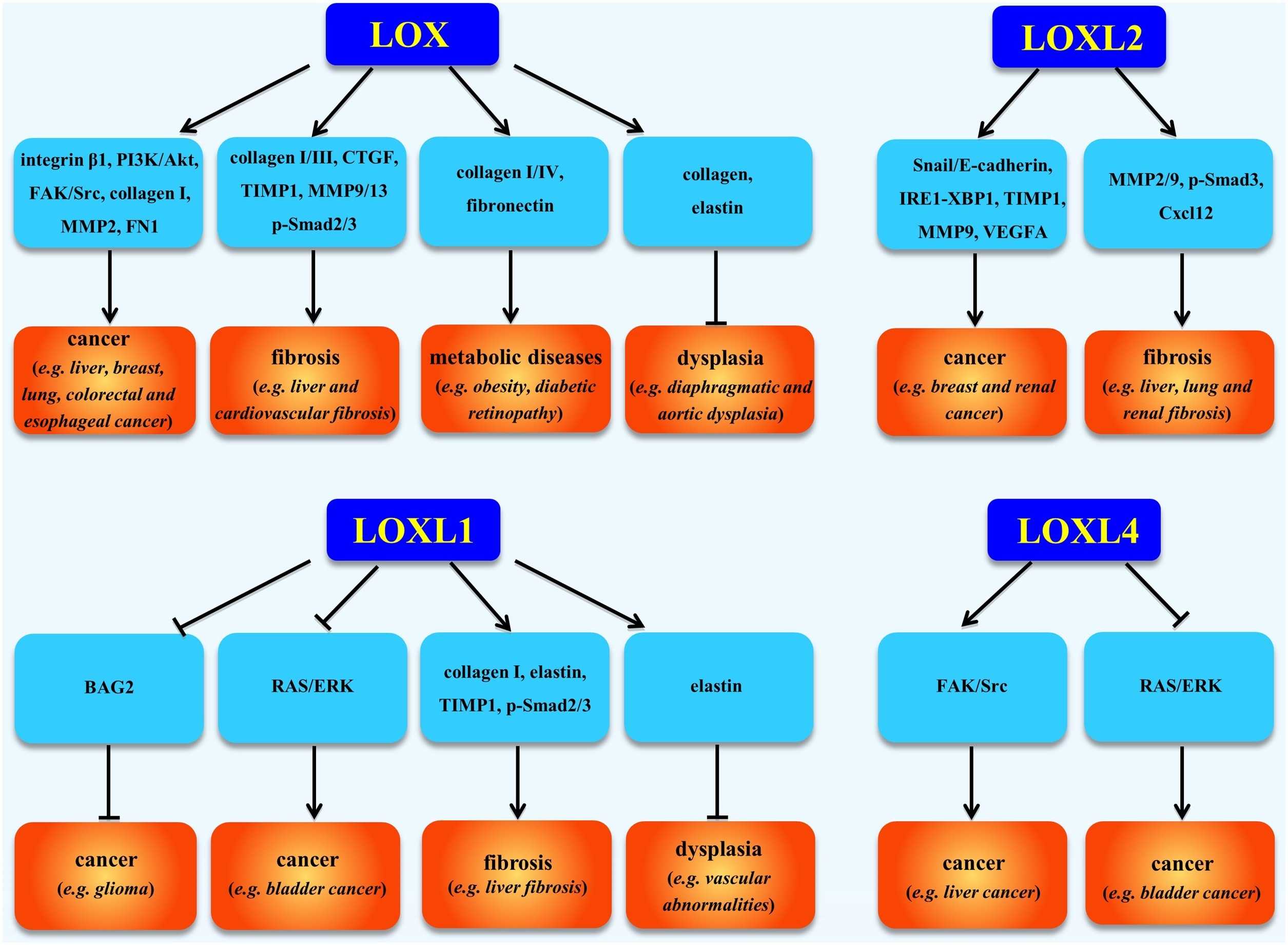
Fig1. Roles of LOXs in diverse pathologies. (Nan Yang, 2020)
Not For Human Consumption!
Inquiry
- Reviews
- Q&As
Ask a Question for All LOX Products
Required fields are marked with *
My Review for All LOX Products
Required fields are marked with *
Inquiry Basket


